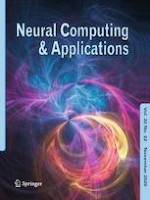04.12.2018 | Smart Data Aggregation Inspired Paradigm & Approaches in IoT Applns
A sonar image segmentation algorithm based on quantum-inspired particle swarm optimization and fuzzy clustering
Erschienen in: Neural Computing and Applications | Ausgabe 22/2020
EinloggenAktivieren Sie unsere intelligente Suche, um passende Fachinhalte oder Patente zu finden.
Wählen Sie Textabschnitte aus um mit Künstlicher Intelligenz passenden Patente zu finden. powered by
Markieren Sie Textabschnitte, um KI-gestützt weitere passende Inhalte zu finden. powered by
